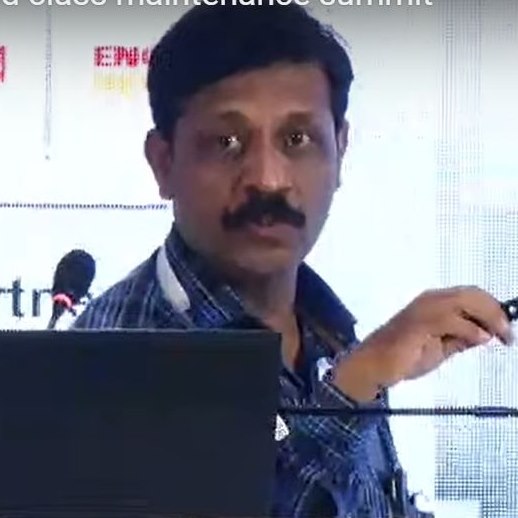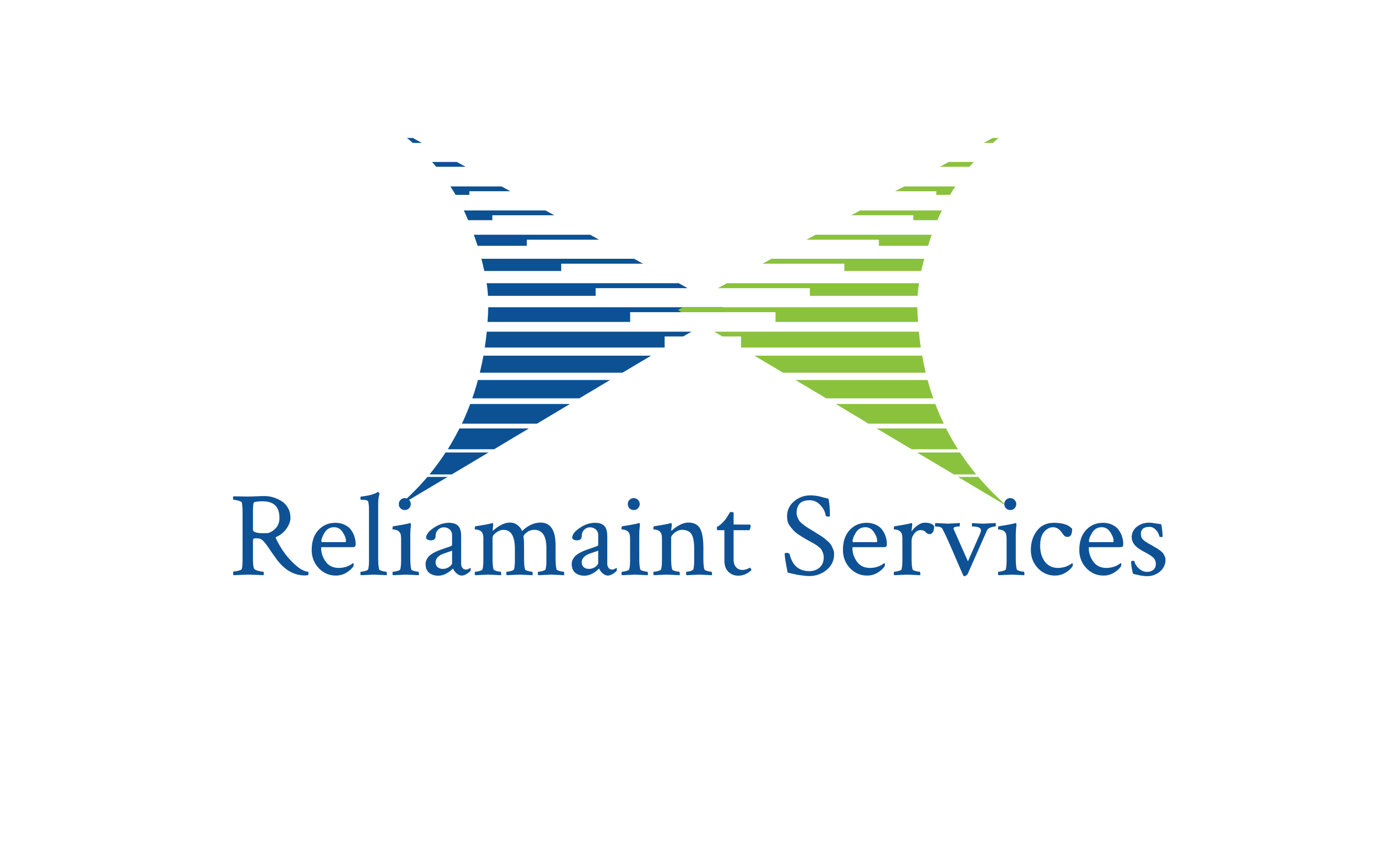Asset Reliability
Why First-Time CMMS Users Feel Overwhelmed—And Why That’s a Sign of Real Value
- 19 April. 2025
- 11 min read
When organizations implement a Computerized Maintenance Management System (CMMS) for the first time, the most common reaction is: “Why does it have so many fields?” To someone used to spreadsheets or paper-based systems, it may feel like overkill. Tasks that once took a single line entry now require multiple details—equipment tags, failure modes, priority codes, technician logs, and more.
But this perceived complexity is not a drawback—it’s actually the foundation of the value a CMMS provides.
A well-designed CMMS does more than just record work orders. It acts as the nervous system of your maintenance operations. It collects and organizes key performance data across your assets, enabling better decision-making at every level. From tracking downtime causes to forecasting spare part requirements, a CMMS bridges the gap between daily maintenance execution and long-term asset strategy.
Importantly, an effective CMMS supports planning at multiple time horizons:
- Short-term (Daily/Weekly): Assigning tasks, managing breakdowns, and tracking technician workloads.
- Medium-term (Monthly/Quarterly): Reviewing preventive maintenance performance, identifying equipment with frequent failures, and optimizing schedules.
- Long-term (Annually and Beyond): Understanding lifecycle costs, planning for replacements, and aligning maintenance with business goals.
While many users initially ignore fields they “don’t need,” they often return to them later when their needs grow—whether it’s improving audit readiness, calculating asset criticality, or just answering, “Why do we keep fixing the same thing over and over?”
In short, plant performance doesn’t improve just because work is being done—it improves when that work is data-informed, well-prioritized, and connected to bigger operational goals.
So if your CMMS seems more detailed than expected, don’t be discouraged. You’re not just documenting maintenance—you’re building the foundation for smarter decisions, better reliability, and long-term efficiency.
About ReliaMaint
Stay tuned to for insights on asset reliability and maintenance management..

Neeraj Kumar
CEO & Co-Founder
Recent Posts
Planning and Scheduling in Equipment Maintenance.
What CEOs Need to Know About Physical Asset Management.
CMMS.. a catalyst for reliability culture
How Data Driven Process of Reliability and Maintenance can enhance Asset Performance.
Categories
Tags
Newsletter
Contact us
Contact us to Know more on these Topics.
Send